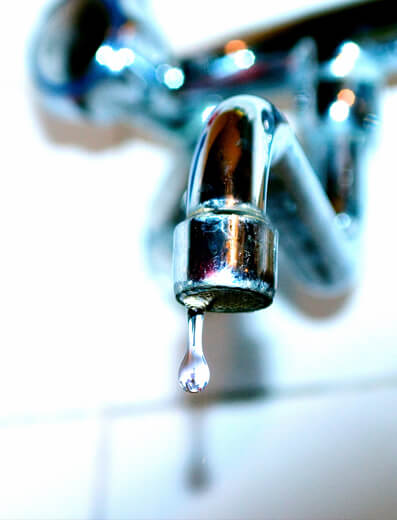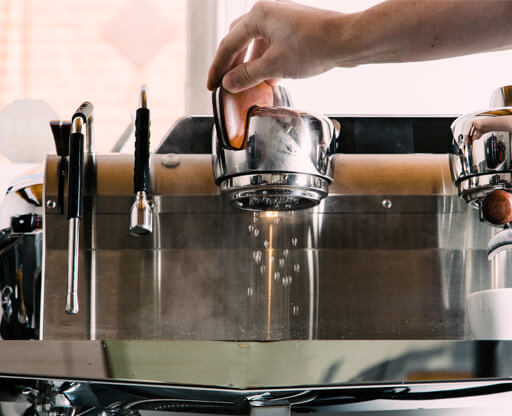Water Treatment
As we all know, water is a vital aspect of our life and needs to be pure as well as hygienic. Various providers are available which provide water treatment options. By means of advanced technology, water purifier technologies that is found in the market provide well-performing treatment products and are also cost effective.

The water, we are all aware, must be healthy and without any unhealthy chemicals or components.
Excessive water hardness and high amount of total dissolved solids (TDS) are unwanted too, especially to suit industrial requirements. The actual water treatment functions that is most essential are sediment elimination, water filtration, bacterium disinfection with ultra violet as well as hardness conditioning.
In summary, the aim of water treatment will be to get rid of contaminants which are usually found in our water supply. Irrespective of the initial source, basically no water could be believed to be absolutely pure. The most widespread method intended for water treatment consists of disinfection, filtration, sedimentation, taste and odor reduction, corrosion control, etc. Water sedimentation allows any coarse particles to leave.
Filtration is the passing of the water through some sort of porous content, wherein the amount of sediment elimination is a performance of this water filtering media. Disinfection will destroy harmful organisms and germs, while chlorine is certainly one frequently used disinfecting agent, however in some instances Ultra violet is needed. Corrosion control should be used if an electro-chemical problem develops, through which metal deteriorates when it happens to come in contact with water, air, or soil. Various water treatments utilised activated carbon to get rid of coloration, radioactivity, taste, or bad odor. Filtration will eliminate turbidity and bacteria in the water given it removes every leftover suspended solids. Within water sources which are identified that they are fluoridated, one MPL of fluoride would be used.
Suspended solids as well as a variety of other microorganisms will be reduced through a process of passing the fluids via a sand bed or alternatively pulverized coal bed, or by using a cartridge of fibrous content held on a core. Soluble particles like salts and metals in ionic form do not get eliminated through filtration. Various choices of treatment of water are available to control living organisms. Use of chlorine is a very common one of them. Certain instances feature the usage of ultra violet light or ozone. Boiling their water is a frequent household emergency water treatment solution. Softening hardness for public water, the importance arises when the standard water has a hardness level greater than 150 ppm (parts per million). For the purpose of industrial high-power boilers, deionization of the hard water should be applied,.
Natural and post-treatment water should get verified for physical, microbial, and chemical measures, specifically coloration, pH, and turbidity. The National ’74 safe drinking water act established maximum pollutant amounts, which are known to be the nation’s tap water norms. Those same benchmarks impact any kind of water supply system that serves at least twenty five units everyday. Water Protection Guidelines could differ from state to state, but can’t be below those measurements decided by the United states federal government.
Most homes that use drinking water provided through their public water source do not have to worry about POU (point of use) water filtration, because it’s their water carrier’s responsibility to supply biologically as well as chemically safe water to drink which has already removed objectionable taste and odor.

Also, most consumers which use public water don’t have to employ point of entry water filtration devices or more costly products for instance water distillation or reverse osmosis. It’s important, however, to find and study your yearly water quality report that can be supplied.
A number of the contaminants found in public water which would be liable to turn out to be at hazardous or not acceptable amounts are: Residual disinfectants for example, chlorine and / or chloramines, which are usually put in which will keep water safe throughout distribution but should get removed before you begin consumption. Lookout for accidental pollution caused through microbes, for example E.coli, giardia, or similar other pollutants. Lead, while some homes may leach lead into the water from water lines and plumbing fixtures. In agricultural areas, nitrates or organic materials of undesirable levels may be found.
Why wait to make your home a safer
Contact Superior Performance TX today to learn more about our products, including our air purifiers, tankless water heaters, water filters, and even gutter guards.
